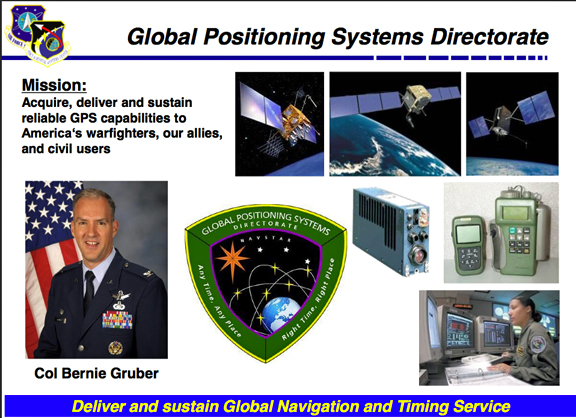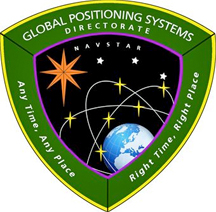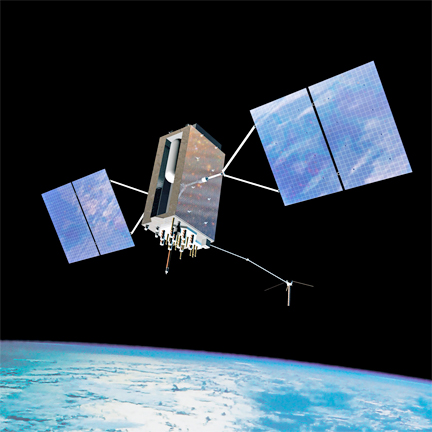

[SatNews] The Global Positioning System (GPS) Directorate celebrated the 20th Anniversary of achieving Initial Operational Capability (IOC) for GPS Dec. 8 2013.
In 1973, the Navstar Global Positioning System Joint Program Office (JPO), headed by then-Colonel Bradford Parkinson, developed the GPS architecture and initiated efforts to field a prototype system to prove the concept of space-based global navigation would work. Since that time, GPS has evolved from an idea, to a prototype, to a global utility. It continues to evolve, with modernization bringing forth new capabilities for the 21st century.
Since the launch of the prototype Block 0 satellite June 22, 1977, GPS has provided high quality navigation signals to suitably equipped users across the globe. Beginning in 1978, after the first four developmental Block-I satellites were launched, GPS started to provide full 4-dimensional positioning, navigation, and timing (PNT) services to military and civilian users on a limited, but worldwide, basis. By 1985, the seven remaining developmental Block I satellites were launched to expand the availability of PNT services around both time and space. The second stage of GPS began Feb. 14, 1989 when the first operational Block II satellite was launched into orbit. More Block II and Block IIA launches followed rapidly thereafter until, Dec 8, 1993, United States Air Force Space Command (AFSPC) declared IOC for GPS when a grand total of 24 Block I and Block II/IIA satellites were operating in their individual orbits and providing the Standard Positioning Service (SPS) to civilian users and the Precise Positioning Service (PPS) to authorized military users.

Artistic rendition of a GPS III satellite.
After IOC, additional Block IIA satellites were launched to fully populate the baseline operational constellation of 24 slots arranged in six orbital planes --the remaining developmental Block I satellites continued providing high quality navigation signals even though they were not part of the baseline operational constellation. Once system testing was complete, AFSPC declared Full Operational Capability (FOC) for the GPS constellation April 27, 1995, signifying the system met all requirements with 24 operational Block II/IIA satellites in their assigned orbital slots and providing both the military PPS and the civil SPS.
Today, the GPS constellation remains healthy, stable and robust with 31 operational satellites on-orbit broadcasting the PNT services 24 hours a day, 7 days a week, 365 days a year. In the 20 years since IOC, GPS has never failed to deliver on the global PNT service commitments made by the Department of Defense in the PPS Performance Standard (PPS PS) and in the SPS Performance Standard (SPS PS)—both of which trace directly back to the original Global Positioning System (GPS) Standard Positioning Service Signal Specification (SPS SS) which was officially promulgated on Dec. 8, 1993 by the Assistant Secretary of Defense for Command, Control, Communication and Intelligence (C3I) as the formal document which defined IOC. Amazingly, though many Navstar satellites have been launched and been decommissioned over the past 20 years, four of the original Block IIA satellites which made up the IOC constellation (SVN-23, SVN-26, SVN-34, and SVN-39) are still operating and providing reliable PNT services as of this 20th Anniversary of IOC.
GPS has grown to become a vital worldwide utility serving billions of users around the globe. GPS multi-use PNT services are integral to the United States global security, economy, and transportation safety, and are a critical part of our national infrastructure. GPS contributes vital capabilities to our nation's military operations, emergency response, agriculture, aviation, maritime, roads and highways, surveying and mapping, and telecommunications industries, as well as recreational activities. It is not an overstatement to say GPS is fundamental to today's technical infrastructure and culture. GPS provides the 'winning edge' to our warfighters and allies by delivering premier space-based PNT services to the nation and the world.
For more information regarding the GPS Directorate, access this direct infopage link.

